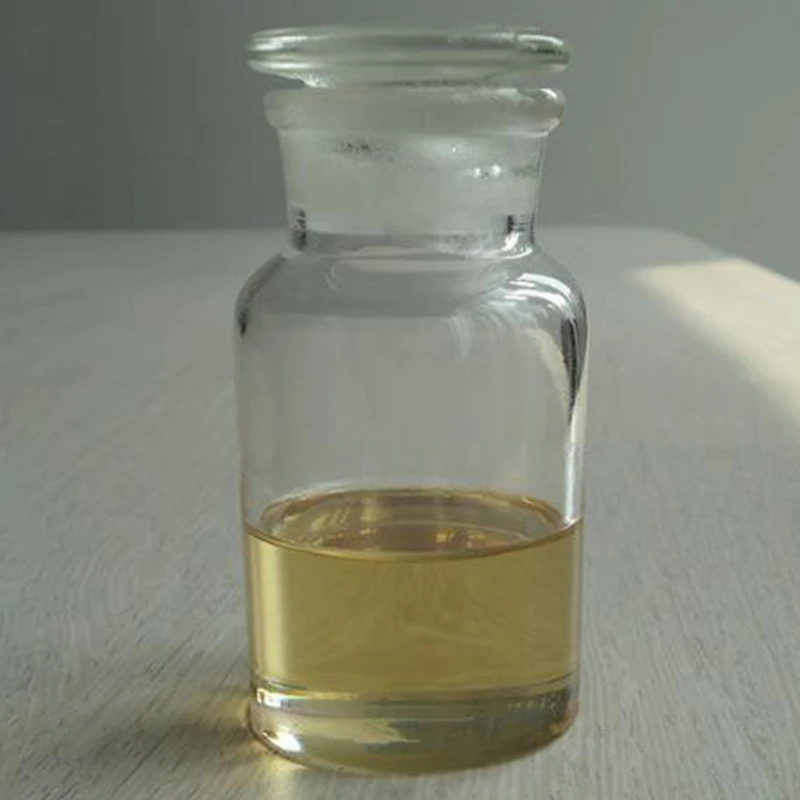


mesotrione 40 herbicide
Understanding Mesotrione 40 Herbicide An Overview
Herbicides play a critical role in modern agriculture, enabling farmers to manage weeds effectively and enhance crop productivity. One such herbicide that has garnered attention in recent years is Mesotrione 40. This article delves into its chemical properties, mode of action, application methods, benefits, and environmental considerations.
What is Mesotrione 40?
Mesotrione is a systemic herbicide belonging to the triketone class, known for its efficacy against a wide range of broadleaf weeds and some grasses. The 40 in Mesotrione 40 typically refers to its concentration, which is often expressed as 40% active ingredient in its formulation. Since its introduction, Mesotrione has become a vital tool for managing weeds in various crops, including corn, soybeans, and turf grass.
Mode of Action
The effectiveness of Mesotrione lies in its mode of action. It acts by inhibiting the enzyme 4-hydroxyphenylpyruvate dioxygenase (HPPD), which is essential for the biosynthesis of carotenoids. Carotenoids are crucial pigments that protect plants from photodamage and contribute to photosynthesis. When Mesotrione is applied, susceptible plants experience bleaching symptoms, which eventually lead to plant death. This selective nature enables Mesotrione to target unwanted vegetation while allowing the desired crops to flourish.
Application Methods
Mesotrione 40 can be applied through various methods, including pre-emergence and post-emergence treatments. The choice of application mode generally depends on the weed species being targeted and the crop growth stage. Pre-emergence application involves applying the herbicide before weed seeds germinate, providing a proactive approach to weed control. Post-emergence application occurs after weeds have appeared, allowing for immediate management of existing weed populations. It is essential to follow the manufacturer's guidelines for mixing, application rates, and timing to maximize its efficacy.
mesotrione 40 herbicide

Benefits of Mesotrione 40
One of the significant advantages of Mesotrione 40 is its broad-spectrum activity against various weed species. This versatility allows farmers to reduce the number of different herbicides needed, simplifying weed management programs. Additionally, Mesotrione has a relatively low toxicity profile for non-target organisms, making it a safer choice for the environment.
Another key benefit is its residual activity. Mesotrione can persist in the soil, providing ongoing protection against subsequent flushes of weeds. This attribute can lead to reduced overall herbicide usage over time, promoting sustainable agricultural practices. Moreover, its compatibility with various tank-mix partners enables farmers to develop customized herbicide programs targeting specific weed complexes.
Environmental Considerations
While Mesotrione 40 is an effective tool for weed management, it is essential to consider its environmental implications. Herbicide runoff into water bodies can occur, potentially affecting aquatic ecosystems. Therefore, it is crucial to follow label directions and implement best management practices, such as buffer zones and appropriate application timing, to mitigate unintended consequences.
Additionally, the risk of herbicide resistance is a growing concern in modern agriculture. To combat this issue, integrated weed management strategies should be implemented. This includes rotating different herbicides with varying modes of action, employing cultural practices, and utilizing mechanical controls where feasible. By diversifying weed control methods, farmers can reduce reliance on a single herbicide and prolong the effectiveness of Mesotrione.
Conclusion
Mesotrione 40 is a valuable herbicide that offers farmers an effective means of controlling a broad spectrum of weeds while minimizing harm to the environment. Its unique mode of action, application versatility, and enduring residual effects make it a popular choice in contemporary agricultural practices. However, responsible use is paramount to ensure long-term efficacy and ecological balance. As the agricultural landscape continues to evolve, understanding and utilizing herbicides like Mesotrione 40 will remain integral to successful weed management and sustainable crop production.
-
Uncover the Benefits of Sodium ChlorateNewsJun.24,2025
-
Sodium for Sale: Your Essential ResourceNewsJun.24,2025
-
Raw Materials in Chemical IndustryNewsJun.24,2025
-
Potassium Hydroxide: Versatile Solutions for Your NeedsNewsJun.24,2025
-
Organic Pesticides and Chemical Raw Materials: Building a Sustainable FutureNewsJun.24,2025
-
Discover Premium Chlorine Tablets TodayNewsJun.24,2025
-
Zinc for Sale: Your Essential ResourceNewsJun.04,2025


















